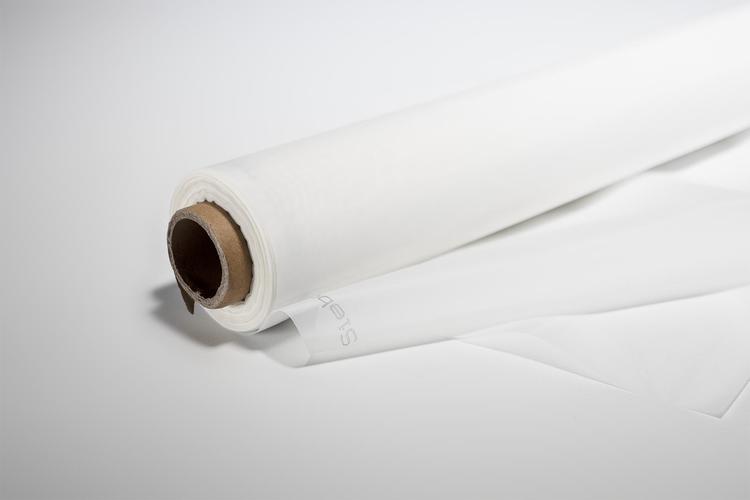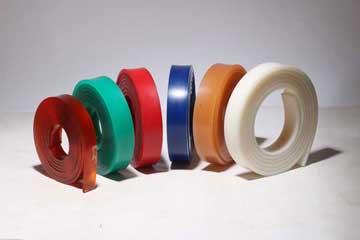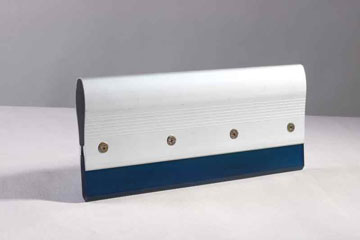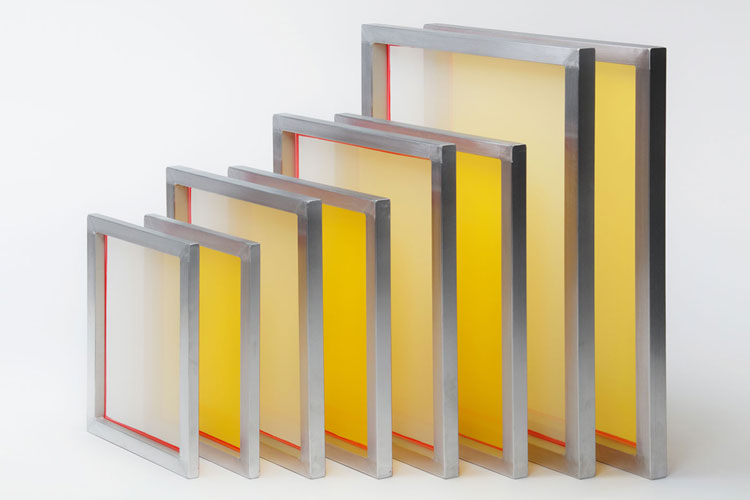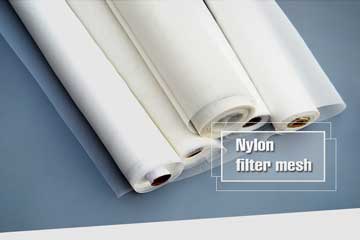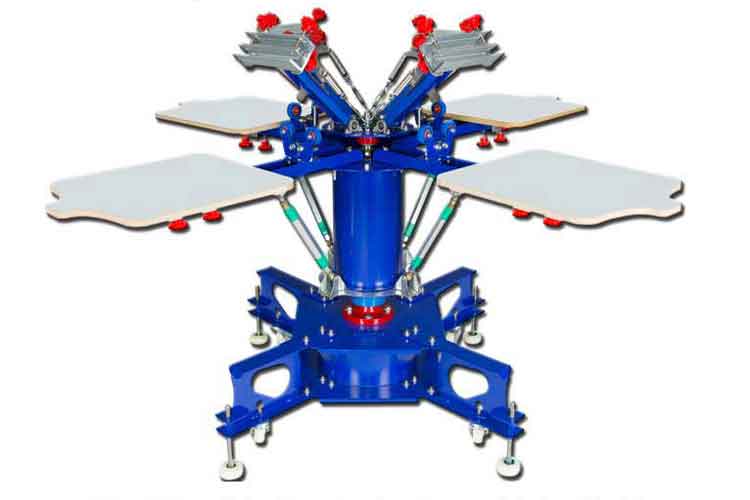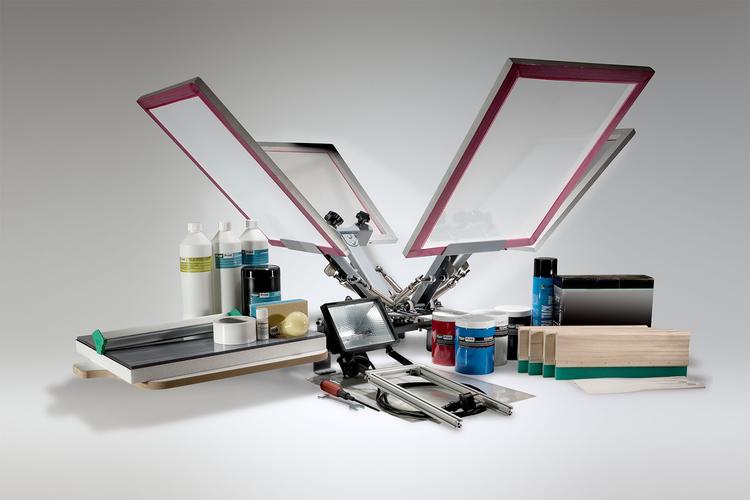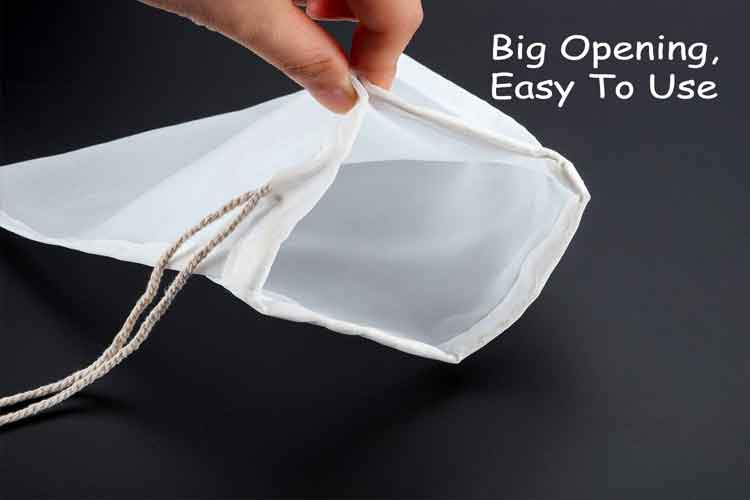Mastering Silk Screen Printing Squeegee for Flawless Prints
A high‐quality silk screen printing squeegee is the linchpin of every successful print. It directly influences ink deposition, edge clarity, and overall consistencyespecially when working on fine details or high‐volume runs. Whether you operate a boutique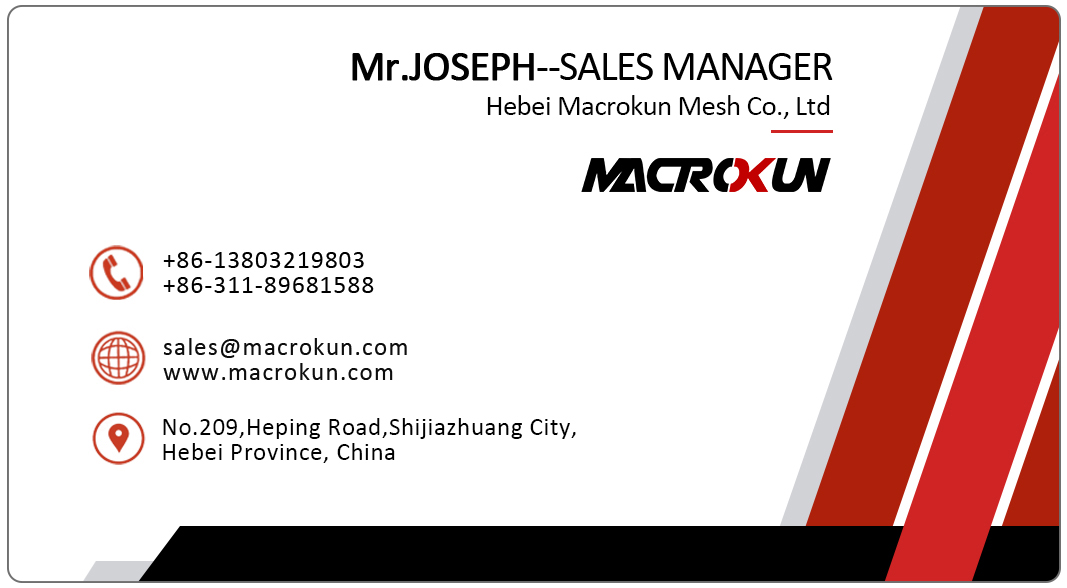
A high‐quality silk screen printing squeegee is the linchpin of every successful print. It directly influences ink deposition, edge clarity, and overall consistency—especially when working on fine details or high‐volume runs. Whether you operate a boutique apparel shop, a commercial print facility, or a home studio, understanding how to choose, use, and maintain your squeegee ensures every project meets professional standards. This guide follows a structured format—market overview, product understanding, key features, selection guidance, maintenance advice, reasons to choose our offering, illustrative use cases, and actionable next steps—to help you unlock the full potential of your silk screen printing squeegee.
.jpg)
Market Overview: Common Themes Around Squeegees
A survey of leading articles and product descriptions on silk screen printing squeegees reveals these recurring emphases:
-
Blade Material & Durability. Rubber and polyurethane formulations dominate, prized for abrasion resistance, chemical compatibility, and shape retention under stress.
-
Durometer (Hardness) Options. Most brands offer a spectrum—soft, medium, hard, and multi‐layer blades—so printers can match blade firmness to ink viscosity, mesh count, and substrate texture.
-
Blade Profile & Edge Shape. Guides highlight square edges for heavy ink laydown, beveled edges for crisp lines, and rounded edges for textured materials, demonstrating how edge geometry influences print characteristics.
-
Handle & Holder Ergonomics. Comfortable handles, balanced weight distribution, and secure blade‐clamping mechanisms reduce operator fatigue and ensure consistent angle and pressure.
-
Compatibility with Inks & Mesh Counts. Advice frequently covers blade choices for plastisol vs. water‑based vs. specialty inks, and for coarse (e.g. 60–110) vs. fine (e.g. 230+) mesh counts.
-
Manual vs. Automatic Press Use. While many squeegees are designed for hand‐pulled screens, some feature adaptability for semi‑automatic or fully automatic presses, stressing sturdiness and consistency under higher speeds.
-
Maintenance & Longevity. Cleaning routines, edge inspection, regrinding services, and proper storage are repeatedly noted as essential for extending blade life and preserving print quality.
These themes underscore that material selection, hardness, design, and upkeep are vital to maximizing the performance of any silk screen printing squeegee.
Understanding the Silk Screen Printing Squeegee
A silk screen printing squeegee is a tool comprising:
-
Blade Material. Flexible rubber or polyurethane that contacts the mesh, pushing ink through onto the substrate.
-
Durometer (Hardness). The Shore A rating indicates blade firmness; a critical factor in ink deposition and edge definition.
-
Blade Profile. The cross‐sectional edge shape—square, bevel, or round—determines how ink is released at the trailing edge.
-
Blade Dimensions. Width and length matched to screen frame size and design area, impacting coverage and number of passes.
-
Handle or Holder. Provides grip and leverage, enabling consistent angle and pressure throughout the print stroke.
Each component’s design and quality directly affect how smoothly ink transfers, how crisp lines appear, and how manageable the printing process is—whether producing intricate details or bold, solid fills.
Key Features of a High‑Quality Squeegee
When evaluating silk screen printing squeegees, look for these essential attributes:
1. Premium Blade Materials
-
Polyurethane Blades. Offer exceptional abrasion and chemical resistance, retaining durometer and shape through extended use.
-
Rubber Blades. Sometimes preferred for tacky inks or specialty substrates, though less chemically robust than premium polyurethane.
2. Diverse Durometer Range
-
Soft Blades (50–60 Shore A). Ideal for heavy ink deposits and textured fabrics; flex easily to push more ink through coarse mesh.
-
Medium Blades (60–75 Shore A). Versatile for general garment work, striking balance between ink flow and detail.
-
Hard Blades (75–95 Shore A). Best for fine lines, thin inks, and smooth substrates; minimal flex yields sharp edges.
-
Multi‑Layer Blades. Combine zones of differing hardness—useful in automated presses for mixed demands in one pass.
3. Precision Edge Profiles
-
Square Edge. Ensures even ink coverage, particularly for bold, solid areas.
-
Beveled/Angled Edge. Provides crisp line release, ideal for moderate to fine detail.
-
Rounded Edge. Smoother ink laydown on uneven surfaces, reducing mesh drag on textured fabrics.
4. Exact Blade Dimensions
-
Appropriate Width. Matching design area reduces passes and misalignment.
-
Consistent Thickness. Uniform thickness maintains even pressure across blade length.
5. Ergonomic Handle & Secure Holder
-
Comfort Grip Handles. Non‑slip surfaces and balanced weight distribution reduce hand fatigue.
-
Sturdy Clamping Mechanisms. Prevent blade slippage under pressure; maintain precise angle and pressure.
6. Ink & Mesh Compatibility
-
Ink Resistance. Blades that withstand plastisol, water‑based, discharge, and specialty inks without swelling or softening.
-
Mesh Versatility. Ability to perform on mesh counts ranging from coarse to ultra‑fine for varied detailing.
7. Maintenance & Modular Parts
-
Easy Cleaning. Smooth blade faces simplify ink removal.
-
Regrinding/Replacement. Blades designed for edge refreshing or straightforward replacement minimize downtime.
-
Spare Parts Availability. Replacement blades, handles, and holders readily sourced for uninterrupted production.
By ensuring your squeegee embodies these features, you set the foundation for crisp, vibrant, and repeatable screen prints across every project.
Choosing the Right Squeegee for Your Needs
Selecting the optimal silk screen printing squeegee involves matching its characteristics to your printing context:
A. Assess Fabric & Ink Type
-
Heavy or Textured Fabrics. Soft blades flex to push thick inks through coarse or uneven surfaces.
-
Standard Apparel Printing. Medium durometer blades with bevel edges yield balanced ink flow and edge clarity.
-
Smooth or Specialty Substrates. Hard blades ensure precise, thin ink layers with minimal bleed.
B. Match Mesh Count & Detail Level
-
Coarse Mesh (60–110). Lower mesh counts allow heavier ink flow; use medium‑soft blades and square edges for bold graphics.
-
Mid Mesh (110–160). Common for tees and hoodies; medium blades with bevel edges handle both mid‑tone detail and smooth coverage.
-
Fine Mesh (160+). Best for fine detail; hard blades angled precisely yield crisp lines. Adjust print angle accordingly.
C. Consider Printing Method & Volume
-
Hand‑Pulled Prints. Ergonomic handles and moderate blade hardness minimize fatigue and support manual control.
-
Semi‑Automatic & Automatic Presses. Durable multi‑layer blades or higher durometer options resist high‑speed flex, ensuring consistent prints through long runs.
D. Evaluate Design Complexity
-
Large, Solid Areas. Soft blades deposit ink heavily; square edges facilitate coverage.
-
Intricate Logos & Text. Hard blades and bevel edges yield sharp definition; consistent angle and pressure are essential.
E. Factor in Budget & Lifecycle
-
Initial Investment vs. Durability. Premium blades and handles may cost more upfront but reduce frequent replacements and defects.
-
Parts & Service Access. Ensure replacements and regrinding services are readily available to avoid production interruptions.
By systematically reviewing these dimensions—fabric, ink, mesh, method, design, and budget—you can select a squeegee tailored to your requirements, maximizing print quality and cost efficiency.
Maintenance and Care
Proper upkeep of your silk screen printing squeegee ensures reliable performance and extends tool life:
1. Prompt Cleaning After Each Run
-
Remove Ink Residue. Wipe or rinse blade immediately with suitable cleaner for your ink type.
-
Protect Handle. Avoid soaking wooden or coated handles; use a damp cloth to remove splashes.
2. Inspect Blade Edge Frequently
-
Check for Nicks & Wear. Even minor edge damage can cause streaks or missed spots.
-
Rotate or Flip Blade (if Applicable). Distribute wear evenly to extend edge life.
3. Regrinding or Replacing Blades
-
Edge Refresh. Professional or in‑house regrinding restores blade profile and precision.
-
Timely Replacement. When wear exceeds repair limits, install a new blade to maintain print quality.
4. Maintain Secure Attachment
-
Tighten Clamps. Prevent blade slippage under pressure; verify handle‑blade fit before each run.
-
Check Handle Condition. Replace cracked or damaged handles to avoid inconsistent pressure and angle.
5. Store Properly
-
Keep Flat or Hung. Avoid edge deformation by preventing blade compression.
-
Cool, Dry Environment. Protect blades and handles from extreme temperatures and humidity.
6. Adjust for Environmental Changes
-
Ink Viscosity & Temperature Shifts. Reevaluate blade choice and print angle when conditions change.
-
Mesh Tension Variations. Compensate for loose or tight mesh by tweaking blade hardness or adjust print technique.
Consistent maintenance practices ensure your squeegee performs predictably, yielding crisp, even prints job after job.
Why Choose Our Silk Screen Printing Squeegee
Our squeegee solutions stand out through material quality, design precision, and comprehensive support:
Superior Blade Materials
We use top‑grade polyurethane compounds selected for abrasion, chemical, and flex resistance—maintaining durometer and shape through extended runs.
Complete Durometer & Profile Range
From soft to hard, including dual‑durometer options, our blades suit every ink type, mesh count, and substrate. Choose square, bevel, or round edges for your design needs.
Ergonomic Handles & Secure Holders
Our handles feature comfortable grips and balanced weight distribution, reducing operator fatigue. Reliable clamping systems hold blades firmly at the correct angle.
Press Compatibility
We offer both manual handheld units and press‑mountable assemblies for tabletop, semi‑automatic, and automatic systems—ensuring seamless integration.
Maintenance & Replacement Support
Replacement blades, regrinding services, and clear maintenance guidelines help you keep squeegees in peak condition, reducing downtime and defects.
Quality Assurance
Every blade and handle undergoes rigorous inspection for material integrity, durometer accuracy, and edge precision—guaranteeing consistent performance.
By combining premium materials, precise manufacturing, ergonomic design, and expert support, our silk screen printing squeegees empower you to produce sharper, more vibrant prints with greater efficiency and minimal waste.
Illustrative Use Cases
Use Case 1: Boutique Apparel Production
A small fashion label used our medium‑durometer blades with bevel edges for detailed logo work on cotton blends. Consistent prints and fewer misprints boosted their customer satisfaction and reduced fabric waste.
Use Case 2: High‑Volume Event Merchandise
An event merchandiser printing thousands of tees for a festival switched to our dual‑durometer blades on semi‑automatic presses. The multi‑layer design handled fine detail and solid fills, while durable blades endured long runs without changeovers.
Use Case 3: Specialty Water‑Based Ink Prints
An eco‑conscious studio printing with water‑based inks on light fabrics found our harder blades with rounded edges delivered controlled ink flow and fine detail without oversaturating the fabric.
Use Case 4: Small‑Batch Art Prints
A graphic artist creating limited‑edition art prints on apparel used our ergonomic handheld squeegee for small runs. The comfortable handle and precision blade profiles helped them achieve gallery‑quality finishes.
These examples illustrate how choosing the right squeegee—matching blade hardness, profile, and handle design to your specific printing context—delivers tangible improvements in print clarity, consistency, and operational efficiency.
Summary and Next Steps
Selecting the ideal silk screen printing squeegee involves balancing blade material, durometer, profile, handle design, and maintenance practices. By understanding how these factors interact with your inks, mesh counts, substrates, and printing methods, you can optimize ink deposition, edge sharpness, and overall print consistency. Proper maintenance—cleaning, edge inspection, regrinding or replacement, and correct storage—ensures reliable performance through many runs.
Reflect on your upcoming projects: identify your primary fabric types, ink formulations, mesh counts, and print volumes. Compare these requirements against your current squeegee setup. Determine whether upgrading to premium blades, ergonomic handles, or press‑compatible assemblies could improve your results and reduce waste. Document your optimal blade selections and techniques to streamline future runs.
Take the next step by reviewing your squeegee inventory, choosing the appropriate durometer and edge profile for your print requirements, and implementing a maintenance routine that preserves blade integrity. Investing in the right silk screen printing squeegee will elevate your prints to professional quality while boosting efficiency and reducing costs—empowering your screen printing operation to stand out.
Tags: 0.1 micron filter bag 0.5 micron filter bag 1 micron filter bag 50 micron filter bag 25 micron filter bag 10 micron filter bag 1000 micron filter bag 5 micron filter bag micron filter bag micron filter bags 25 micron filter bags 100 micron filter bag 180 micron filter bag 250 micron filter bag 200 micron filter bag 200 micron filter bags 100 micron filter bags 1 micron filter bags micron filter bags near me 05 micron filter bag 30 micron filter bag 150 micron filter bag 10 micron filter bags 200 micron filter bag wholesale 0.1 micron filter bag wholesale 500 micron filter bag 400 micron filter bag 50 micron filter bag wholesale 400 micron filter bag wholesale 20 micron filter bag 0.1 micron filter bag factory in china 500 micron filter bag factory in china 20 micron filter bag wholesale 5 micron filter bag wholesale 250 micron filter bag factory in china 150 micron filter bag wholesale in china micron filter bag wholesale in china 190 micron filter bag 400 micron filter bag factory in china
Pre:Elevate Your Prints with the Right Screen Printing Roller Squeegee
Next:The Power of Precision: Choosing the Right Silk Screen Squeegee Rubber
Tags:
